
10 minute read
THE STATE OF THE ART IN CONTEXT
To empirically ground an investigation of their trajectories and potential overlap, we looked at each of the topics in the previous section in relation to M&S using the Web of Science3 database to map out the current academic peer-reviewed, published literature. This is one way to observe the evolution and intersection of M&S with changing and emerging computational approaches, techniques, and advances.
It is important to note that Web of Science does not capture all publications, nor does it cover gray literature or publications that are not printed in English. Data was retrieved between 2 – 23
Figure 1. Number of articles per queried topic using Web of Science (2000-2022)
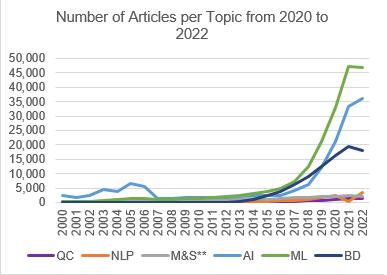
3Web of Science indexes journals, conference proceedings, and other materials across areas of study.
4Keywords: quantum computing (QC), natural language processing (NLP), modeling and simulation (M&S), artificial intelligence (AI), machine learning (ML), and big data (BD).
December 2022, with minor updates in January 2023.
Figure 1 represents the volume of published scientific articles4 on the topics of Quantum Computing (QC), Natural Language Processing (NLP), Modeling and Simulation (M&S), Artificial Intelligence (AI), Machine Learning (ML), and Big Data (BD). While publications using “modeling and simulation” as a term (M&S5) are relatively small by comparison, Machine Learning, AI, and Big Data have seen a massive rise in recent years. NLP and quantum computing have yet to see such a dramatic increase; recent advances and investments will likely propel them into a similar trajectory.
M&S has maintained a steadily increasing presence in scientific publication across a diverse range of scientific disciplines, from physics to social sciences and humanities. Coverage by scientists working on Machine Learning (ML), Artificial Intelligence (AI), and Big Data (BD) has been exponential. But, there is significant overlap between the fields of ML, AI, and BD, so it is difficult to extract their separate influences. For instance, machine learning is widely used in big data analyses, where it is often conflated with data mining (Mannila 1996), and is an integral part of artificial intelligence (Michalski, Carbonell, and Mitchell 1986).
Figure 2 shows the same data from Figure 1 in a semi-log plot to highlight the rate of increase of each respective topic area. Given the wide range of values on the number of articles per topic, the plot highlights the rapid growth of big data (BD) over the last 12 years. Again, such growth is partly gained through the intersection of big data with the other areas because these emerging algorithms allowed for processing more data faster, as well as other technological advances in areas such as cloud computing and accessibility to platforms and software that facilitated processing capabilities.

In this graph, we can see that M&S has slowed its rate of growth since 2006, leading to a potential argument that there are no major companies driving the development of new M&S-only technologies, or that M&S has reached a point of maturity as an independent scientific discipline or community.
5It is important to differentiate between M&S as an area of study (or community) that develops and applies simulation methods for varied purposes and other areas, such as biology, that develop simulation methods for specific purposes. We assume that the query M&S will draw papers related to the area of M&S. Conversely, we use the term “simulation” to capture papers used by the large scientific and engineering communities.
However, in the following sections we will observe that simulations are key to the advancement of science and engineering for the same reasons they have been valuable so far: less expensive and intrusive than life experiments (in some contexts); to train for facing complex and/or dangerous scenarios; when the technology is “not there;” to generate data for machine learning algorithms; to explore “what-ifs,” despite the abundance of data; to experiment when new situations arise and we do not have data to make assessments; or to gain understanding under uncertain conditions. What these emergent technologies bring to the M&S picture is the potential re-formulation of how to build and compose models and execute and interoperate simulations. They are multiplying factors bringing enough momentum to evolve how we do modeling and simulating today, from modeling question formulation to simulation validation and accreditation.
A. Simulation + Artificial Intelligence (AI)
Given their shared computational roots, it is a natural evolution of science that simulation development and use will overlap with other fields, including ML and big data. Just looking at M&S and these topics in Web of Science, simulation seems to be an integral part of the exponential growth in computational and algorithmic advances since around 2016-2017. Figure 3 illustrates growth in interest across these topic areas.6
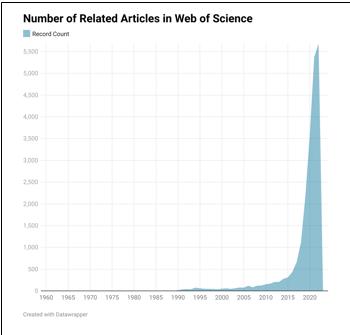
Further breakdown of the articles by funding shows the countries leading the knowledge creation at the intersection of simulations and other computational fields (Figure 4). In AI, China holds a slight lead over the US and European Countries, with the National Natural Science Foundation of China (NSFC) funding 14.3% of all published papers in Web of Science that use simulations and AI, ML, or NLP. That is followed by the US National Science Foundation (NSF) at 6.5% and the European Commission at 3.8%. Other key countries that appear in the top 25 funding agencies of publications in our query include Germany, Canada, Korea, Japan, Brazil, Spain, and Switzerland.
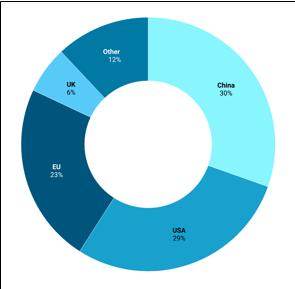
Dividing up the publications into two categories— before the apparent boom around 2017 and after— there is very little change in the areas in which these studies take place (engineering, physics, telecommunications, computer science, chemistry, and some engineering multidisciplinary studies). Prior to the boom in 2017, Operations Research
Management Science featured a prominent role in the topical representation (around 6%) but became more obscure after the boom.
We performed a thematic analysis using network diagrams of the co-occurrence of terms in titles, abstracts, and references for each of the 21,735 articles that were categorized as M&S and “artificial intelligence” or “machine learning” or “natural language processing.”
Figure A10 in Appendix A shows the major themes identified from 2017 and earlier. There are four major interconnected clusters:
• Intelligence (Red), which includes smaller nodes about multi-agent systems, robots, reasoning, and communication.
• Data (Green), with dataset and support vector machine as the most important nodes, but also including data analysis techniques and machine learning algorithms like Random Forrest models.
• Learning (Blue), with artificial neural network as its most important node, and including other concepts about fuzzy cognition and swarm optimization.
• Biological (Yellow), with molecular dynamics and protein as some of the most important nodes.
The red cluster captures terms found in simulation, both simulation and AI, or simulation with AI terminology. Terms such agent, robot, logic, and decision support system are some of the salient concepts that reappear together and most frequently across the academic published literature. The green cluster captures terms found mostly in machine learning literature. Terms such as support vector machine, dataset, random forest, and regression relate to the “simulation study” node. The blue cluster captures terms related to artificial neural networks (ANN). ANNs are used to perform classification and pattern recognition. As such, they are a type of machine learning. The yellow cluster focuses on terms related to molecular dynamics. Molecular Dynamics is a simulation-based field that uses M&S to simulate protein flexibility, for instance. How simulation intersects with AI after 2018 in the Web of Science database provides a much different picture (Figure A11). In this period, the semi-cohesive network morphed into one where simulations seem to be embedded in major, unconnected (or barely connected) clusters. There are four major clusters where simulations are combined with AI:
• Technology (Red), which focuses on internet/ cybersecurity and cloud computing.
• Physics and Biology (Green)
• Chemistry (Yellow)
• Climate/Weather (Blue)
The technology cluster contains terminology used in network systems and the simulation of network systems, especially when considering cybersecurity. Network systems terms include intrusion detection, routing protocol, network performance, and attacker (internet). The Physics and Biology cluster overlaps considerably with the Chemistry cluster below. These topics rely heavily on simulation and AI to advance understanding of molecules and drug development. In addition, we see how this cluster captures simulation in context of quantum computing. Terms such as quantum system, quantum machine, quantum computer, quantum algorithm, and quantum circuits appear related to SARS-COV2 and “drug development” and “vaccine.” The blue cluster captures a combination of hydrological/meteorological terms in what appears to be context related to water management and flooding prediction. Terms such as ANFIS (adaptive neural fuzzy inference system) and basin (water/river basin) take central roles.
This survey of the literature suggests that simulation continues to be one part of an everincreasing computational toolkit that is available for research and practice. It is useful in the entire span of research design including data collection, analysis, and visualization, but never features prominently as a central node or even one that strongly links topics together. This suggests that while simulation is a fundamental part of technological development across many fields and academic disciplines, it is not seen, from this dataset, as a primary discipline unto itself.
B. Simulation + Big Data (BD)
Like in the previous section, we searched for the intersection of the terms simulation and “big data” in Web of Science. We separated the BD search to differentiate the nature of the approach (AI, ML) from their use in BD.7 The result yielded 8,416 results with a large portion of that funding coming from agencies and programs in China (NSFC, National Key Research and Development Program of China, Fundamental Research Funds for The Central Universities, and China Postdoctoral Science Foundation); US NSF, NIH, and DHS, followed by the European Commission and the UK Research and Innovation (UKRI). Publication numbers also show a steep increase between 2017 and 2019 (Figure 5).
7It is noted that researchers may have been using alternative terms like large data sets to denote big data. As such, publication records may be higher.
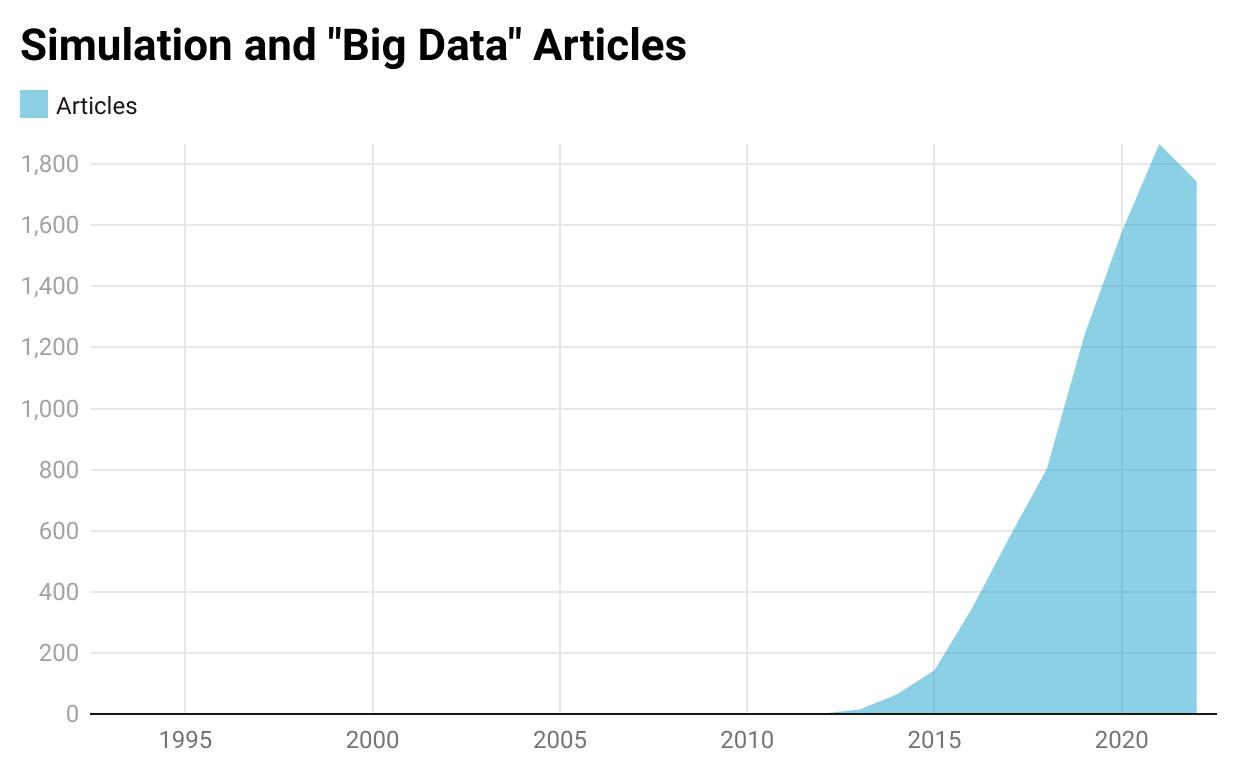
Figure A12 in the Appendix shows the network map for the bibliometric analysis. There are seven different clusters, making the combination of M&S and BD difficult to analyze.
• Mathematical (blue and purple), with and terms such as regression model, real data analysis, and numerical simulations.
• Biology (green), thematically covering topics related to molecular biology and the study of disease and infections.
• Supply Chain (yellow), including terms like “digital twin,” industry, and data analytic
• Technology (Red), which focuses on internet/ cybersecurity and cloud computing.
Two smaller and looser clusters are related to traffic modeling (orange) and communications (light blue). Both these clusters point to the combination of BD and M&S but suggests that the intersection of these topics is in its infancy (small cluster size). The biology cluster is consistent with a similar cluster in the AI literature, suggesting that M&S continues to be important and rapidly evolving with emergent technologies and algorithms in this field. The largest, tightest cluster is Technology, which echoes the literature in the AI and M&S section above.
C. Simulation + Quantum Computing (QC)
Like the evolution of AI and M&S, simulation and quantum computing have seen a rapid growth starting around 2017-2019. Despite the low number of articles (when compared to AI), the increase is notable (Figure 6). Advances in quantum computing, due to the potential for high impact on areas such as cybersecurity and drug development explain the surge in interest. However, quantum computing faces significant challenges as discussed above (such as limited access) compared to traditional computing.
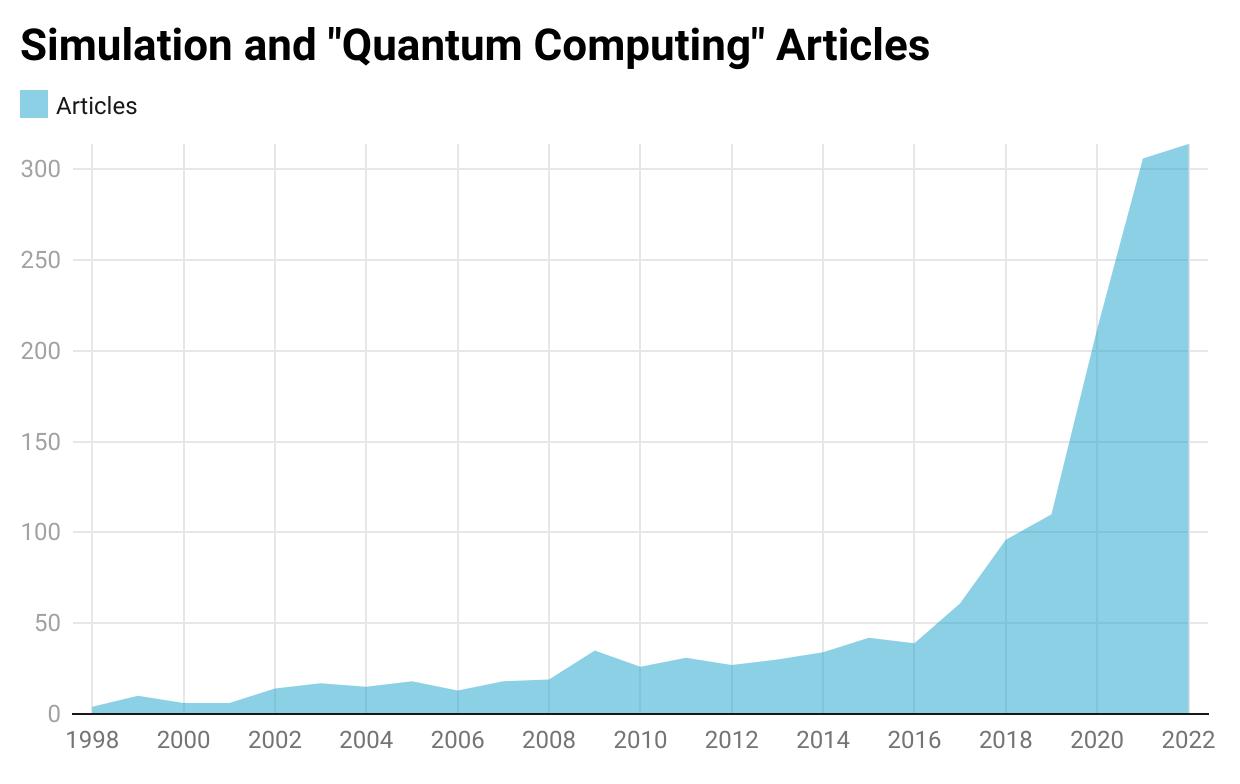
These challenges may explain the low volume of publications overall.
In the area of quantum computing, the United States is the leading funder. Among the 25 funding agencies with the largest share of published articles are: US Department of Energy (11.8% of all publications funded by DOE); National Science Foundation; US Department of Defense; and other US DOD agencies and research labs. As a single funding entity, the National Natural Science Foundation of China still funds the most publications (187, or 12.4%). Other top 25 funders also included Germany, Japan, Australia, Canada, and Spain. Additionally, and unlike the earlier summary of funders for M&S and AI, we see the emergence of the first industry donor. Samsung is one of the top funders in M&S and quantum computing, having funded 23 articles, or 1.5% of all publications in this topic area in Web of Science.
Using a bibliometric analysis from Web of Science based on the terms simulation AND “quantum computing,” 1,505 published articles in the database create the network diagram in Figure A13 in Appendix A that illustrate the co-occurrence of words in the titles, abstracts, and references of the publications. We identified three clusters:
• Algorithms (Green), which focuses on quantum/algorithms and activities such as optimization.
• Application Areas (Blue), linked to topical applications of QC to areas like chemistry and the use of simulation (Hamiltonian)/ simulator. This cluster also contains topics related to molecular studies about advances in the use of qubits made of molecules, instead of electron/photon.
• Molecular Studies (Red), where publications capture information about quantum computing and quantum physics. Concepts like gate (quantum logic gate), coherence, and photon, are some that are easily identifiable.

Overall, the quantum computing literature is much more exploratory and not as grounded in realworld contexts as M&S literature tends to be. It also relies on specific implementations of M&Srelated topic areas, relying on simulations to advance structures and algorithms in the quantum computing field. After more advances in QC, this topic should be reinvestigated to understand the future of M&S relative to quantum computers as they become available.
D. Simulation + Digital Twin
Looking at the Web of Science, publications with the digital twin (DT) term had a slow take off since 2014, despite the term introduction in 2003. The use of the term accelerated around 2020 with a total number of 1,363 records as of January 10, 2023 (Figure 7). Top funding countries are China (45%) followed by the EU (13%), UK (11%), and the US (8%) covering topics ranging from Engineering Manufacturing to Operations Research. The context is mostly industrial.
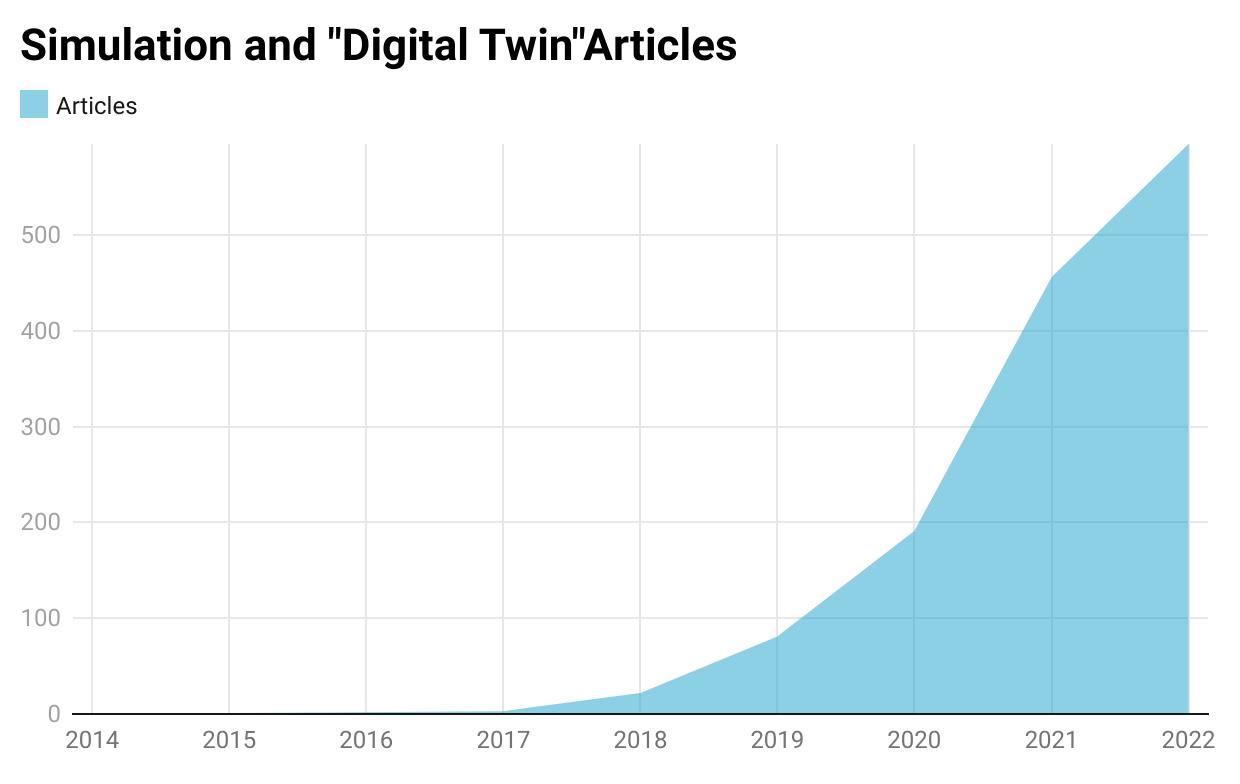
Figure A14 in Appendix A shows the network map for the bibliometric analysis.
We identified three major clusters:
• System Integration (Blue), which covers topics related to functionality and productivity. Other key nodes are architecture and production which refer to manufacturing and physical systems.
• Industry (Green), containing topics related to the application of DT in decision-making, management, and “life cycle.”
• Experimentation (Red), highlighting central terms such as algorithm, prediction, accuracy, structure, and condition. Terms in this cluster are related to measurement including reliability, computation, stability, and experiment.
True to its roots in industry, the Digital Twin literature focuses predominantly on the physical and computational aspects of DT, where simulation takes a back seat and only features as very small nodes, indicating that at least in the publication literature, M&S is not a primary concern in evolving DT research. Simulation, however, is poised to take DTs to the next level and will continue to be part of future DT research.

